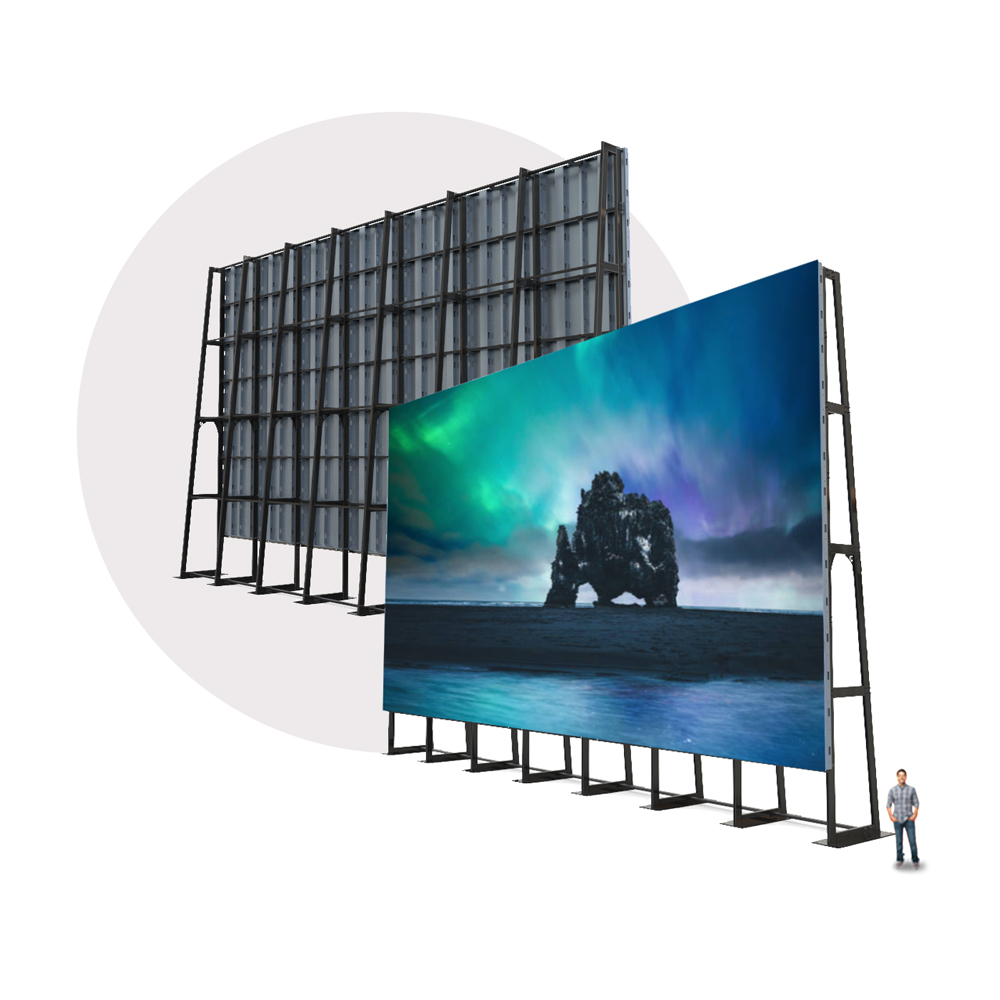To understand contrast ratios better, it is helpful to know how they are measured. The ratio is typically expressed as two figures, such as 1000:1. This indicates that the lightest white is 1,000 times more luminous than the deepest black. Displays with high contrast ratios provide richer blacks and brighter whites, which enhances the overall visual experience. When watching a film or engaging with a game title, for example, these differences can create a more immersive environment. Viewers can see elements that may be lost in screens with reduced contrast ratios.
Different types of display systems, such as liquid crystal display, light-emitting diode, and OLED, have varying contrast ratios. Organic LED panels are recognized for their superior contrast because look at more info they can turn off individual pixels entirely, producing true black levels. On the other hand, traditional liquid crystal displays may struggle to reach similar levels of darkness due to their backlighting methods. It is important for buyers to evaluate these differences when choosing a screen for their requirements. Understanding how each technology manages contrast can greatly influence contentment with the device.
Moreover, the significance of contrast ratio extends beyond recreational use; it also influences efficiency in work environments. For tasks demanding precise visual analysis, such as visual design or photo editing, having a screen with a superior contrast ratio allows for greater accuracy and definition. This ensures creatives can see fine details in their artwork or images without strain. In educational settings, learners gain from high-quality displays that make learning materials more engaging and easier to understand.

To sum up, enhancing visual experience through grasping contrast ratios is vital for anyone using display technology. A higher contrast ratio leads to better image quality by delivering deeper colors and more clarity in images. As technology this page advances, consumers should stay aware about these specifications to make choices that best suit their preferences and needs. Whether for entertainment or work, knowing about contrast ratios maximizes satisfaction and efficiency in using visual displays.